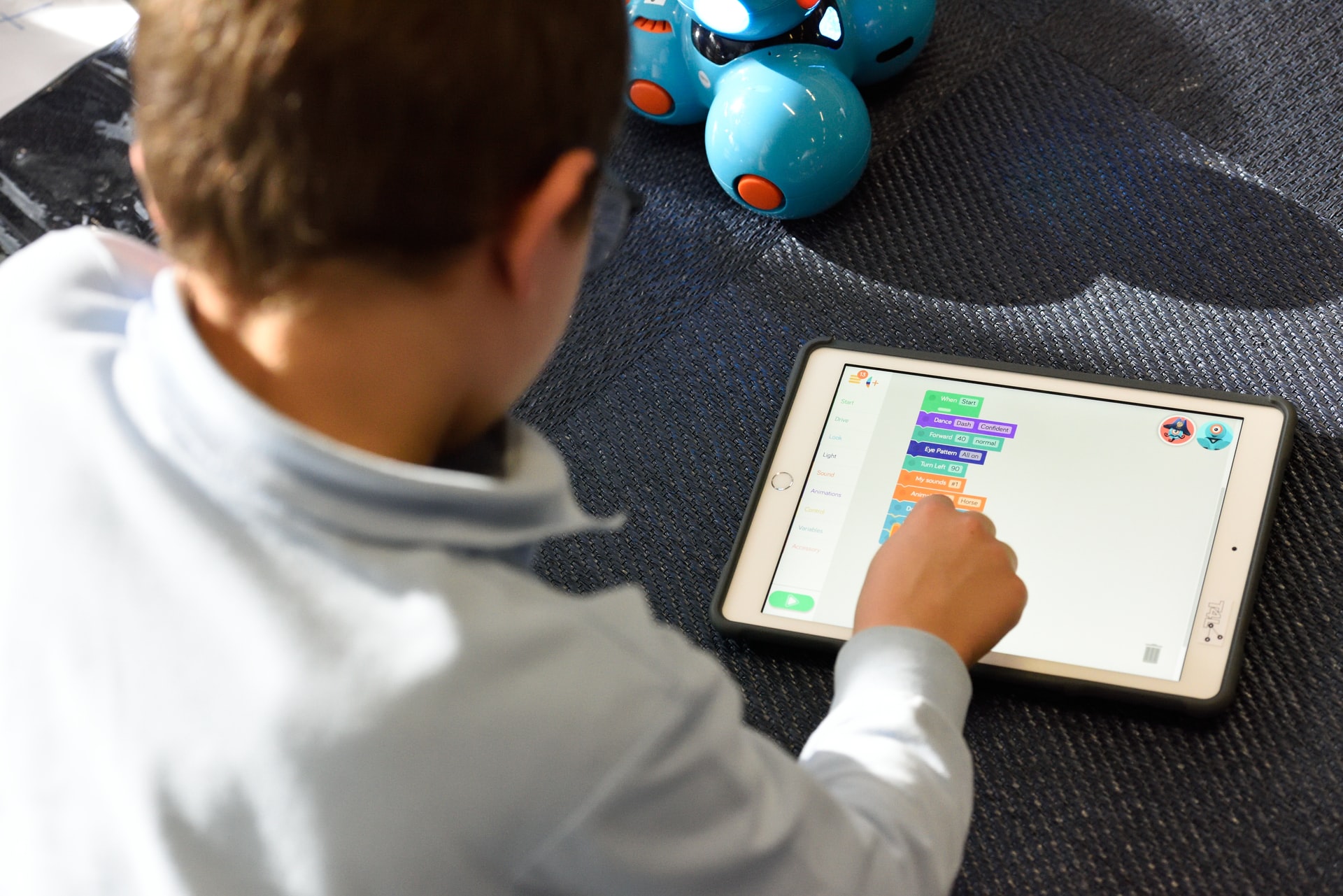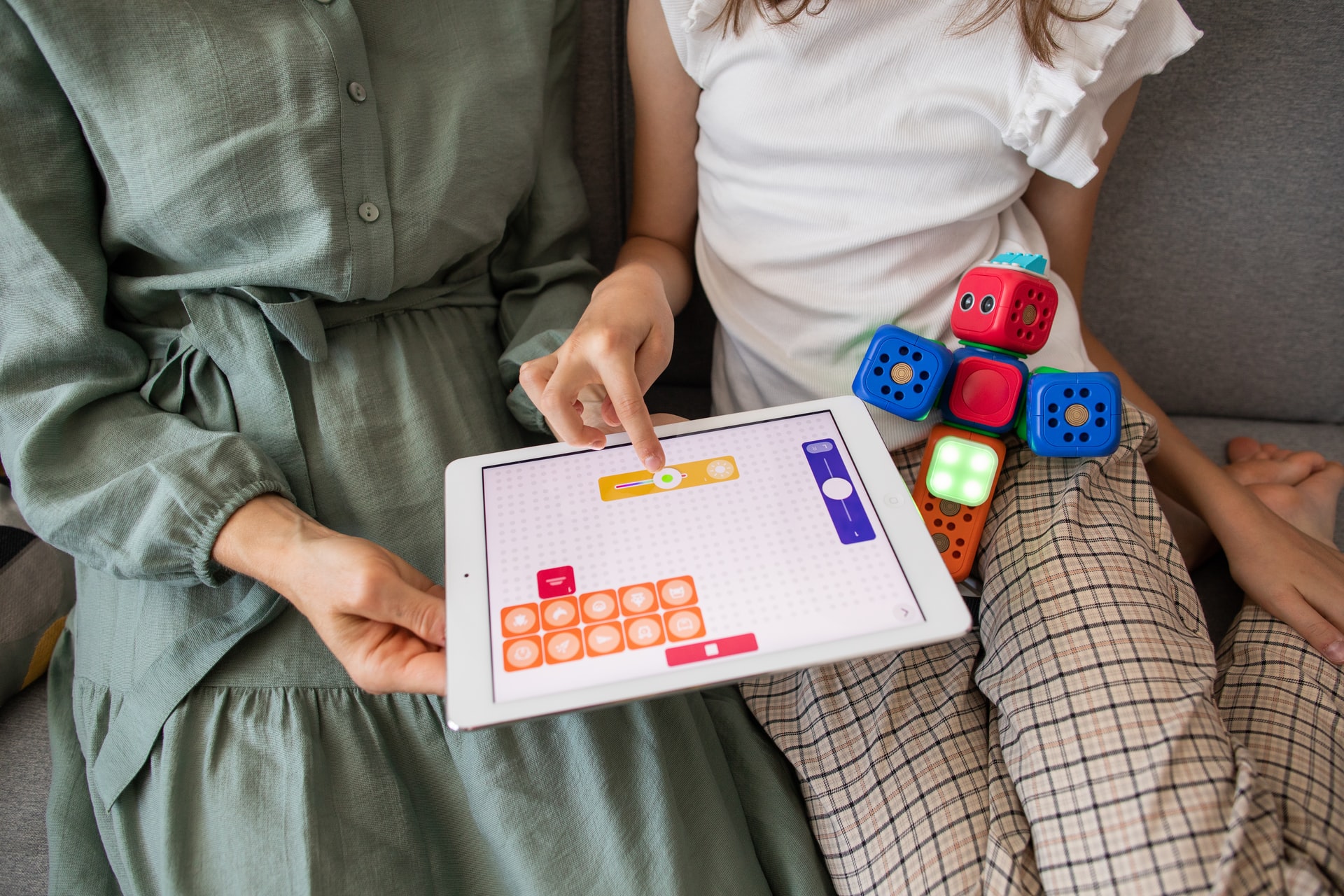A hybrid approach to learning, combining regular classroom-based settings and online and e-learning tools can be tailored specifically to the needs of an individual learner. This is especially vital for autistic people as individual needs can vary dramatically. Let’s look more closely at ASD and methods of learning which are shown to be particularly effective for learners on the spectrum.
Understanding Autism Spectrum Disorder
Autism spectrum disorder or ASD is a far-reaching term that refers to a complex neurodevelopmental disorder. It impacts different people in different ways and as the name suggests, there are a spectrum of behaviours and experiences of the disorder. It affects everybody differently and at different levels. ASD is characterized by nonverbal communication, challenges with social interaction and fixation on repetitive behaviors. It can also have other symptoms such as difficulties with executive function, sensory processing difficulties and limited motor skills.
There is not a single form or type of autism disorder, there are many from classic autism to Asperger Syndrome and many variations. The disorder is something individual to the person. This is important to remember when considering their learning experiences and opportunities to train and develop.
Diagnosis for ASD is often between 3 and 5, but there are increasingly more adults being diagnosed and finding a way to access the additional support they need to live well. Many people with ASD go to regular mainstream schools and colleges, while there are also specialist education centers.
The ADA Act supports people with disabilities finding employment and education opportunities, but it is not always a straightforward path. Finding the right blend of learning methods and approaches can be the key to unlocking someone’s potential.

Video and visual media for learners with ASD
Many research studies have shown how valuable visual and video learning can be for people with ASD. Video technology has long been a powerful tool for parents and clinicians supporting people of all ages with autism. Kristie Brown Lofland of the Indiana Resource Center for Autism highlights how valuable visual media can be for students with ASD explaining: “Technology just makes visual images more accessible to the individual with ASD. Computer graphics capture and maintain their attention.”
Therefore, it is important to understand which best video based learning platforms are best suited to cater to the needs of individuals with ASD.
Many studies show how valuable the process of video modeling can be for people with ASD. Video modeling can play to the strengths and preferences of individuals with ASD who thrive on repetition and the chance to repeat and mimic what they see on screen. It can be a highly effective way of teaching new skills to people who may not have the same affinity with print materials or traditional class-based instruction. There are various types of video modeling that can be effective including:
Basic Video Modeling
This works with the learner watching the video of an actor demonstrating a skill or routine. This can help the learner develop this particular skill and build confidence by copying and modeling the routine or skill displayed. It can also be useful for minimizing anxiety around new things.
Point of View Modeling
This approach is very similar to basic video modeling, except rather than seeing the actor perform the task, it is recorded from the point of view of the actor. This allows the learner to see a new skill through the eyes of the actor as if they are performing the skill themselves. A lot of YouTube videos are like this as you watch boxes being opened or tasks carried out from above with only the hands or tools in use in the camera’s display.
Video-based instruction can also have an effective role to play for learners with ASD. Research shows how effective video-based learning can be, especially when video content is crafted with interactive features to engage the learner and require their feedback throughout. Removing the ability to watch passively makes the learning experience more engaging and learner focused.
Technological support to improve learner outcomes
It is vital to remember you cannot find a “one-size-fits-all” approach for any learner. All classroom and educational environments are designed to cater to the average or middle ground, but good teachers and lecturers take the time to individualise their offering for both those above and below this standard. Learners with ASD do not all fit neatly into a single box, so it is important to ensure any learning plan is appropriately tailored to their needs and preferences. The benefit of eLearning is the learner themselves can take some control of what they access and opt for the most appropriate materials for their needs, where possible.
Students on the autism spectrum tend to lean towards visual learning and technology is geared to support this. Technology makes hybrid learning easier to implement and also makes it easier to support a wider range of student abilities in a single environment. Valuable technological tools include:
Interactive whiteboards: for class-based learning, interactive whiteboards are vital. They make it easy to combine visual aids and video with notation and spoken emphasis throughout the lesson or training.
Smartphones and tablets: almost all students have access to one or the other of these and they make it easy to pace their own learning. Students can pause and play learning content at their own pace and also connect with teaching and tutorial staff via messaging or voice notes.
Internet-based activities: an environment where the exploration of concepts is amplified due to more results in less time.
Text-to-speech software: learners who may struggle with traditional worksheets and textbooks should be able to access written content via text-to-speech technology which converts written text into the spoken word, making it easier to digest.
Voice dictation tools: much like text-to-speech software, voice dictation tools help learners get their words down if writing is a struggle.
Robot Teaching Support
Aspect Hunter School in Australia introduced the idea of robots in the classroom to help support students with the social side of in-person learning. Many students struggled with anxiety and confidence amongst their classmates, yet the Sphero robots helped to encourage students out of their comfort zones.
Verbal Skills Development
25% of people with autism spectrum disorder are recognized as non-verbal or low-functioning communicators according to Autism Speaks. This can be a barrier to lots of aspects of life including learning which makes verbal skills technologies especially vital. The development of apps known as Visual Scene Displays is instrumental in helping learners with ASD communicate their needs and preferences. They allow individuals to use images to create stories and their own interactive displays to communicate.

Hybrid learning to tackle anxiety in autism
Research published by the American Physiological Society suggests combining a blend of in-person and online learning can boost student performance and reduce anxiety. This is especially important when further research shows that people with ASD are much more likely to have anxiety disorders.
Autism and anxiety disorders often come hand in hand as it is difficult to navigate a world which seems very different to your expectations. Many people with ASD struggle with full-time school and anxiety-related absence rates are high. This can easily continue into college and even the workplace without the right support in place. The growth in hybrid work environments and hybrid opportunities for learning help to provide ASD learners with a chance to set their own pace yet still achieve their academic and work-related goals.
Interactivity is key to effective hybrid learning for people with ASD
Creating learning resources and eLearning with ASD learners in mind relies upon understanding that different methods of delivery, visual aspects and interactivity are key. One study looking at students with ASD at university found that many “demonstrate self-advocacy, intellectual and academic skills that could compensate for their disability,” and with this in mind, a lot of the emphasis is on the learning provider to give people with ASD the tools they need to thrive.
Combining class-based learning with eLearning gives students the chance to dictate some of their learning experiences and often, eLearning modules can incorporate elements of the in-person lesson. This helps to cement and corroborate learning and plays well into the innate preference for repetitive actions and experiences that many learners with autism crave.
Interactive resources help to ensure learners do not become passive. Video-based learning can quickly be treated like sitting in front of the television unless it is well-designed and incorporates useful elements to engage and encourage learner participation. Video needs to be concise, engaging and get across the key point of the lesson. Unlike in-person learning, there is no need for long introductions and building up a sense of rapport and relationship. It can be effectively used as a microlearning tool to get across a single concept.
The right tools for online learning allow you to customize and create resources well-tailored to learners’ needs. Interactive eLearning benefits learners from all backgrounds, not just those with ASD, so most organizations recognize it is a sensible move for their business. Whether you want to help your employees achieve new qualifications or support learners through individual training, you can do so effectively with online and eLearning resources as well as in-person training.

Planning a hybrid learning schedule
Hybrid learning requires some commitment to in-person learning as well as remote. Planning the right amount of each may depend on what is being studied or the individual learner. Some courses have an attendance requirement while others you may be free to learn almost entirely via eLearning and remote learning resources. The schedule suitable to each learner with autism spectrum disorder is unique. Organizations employing individuals with ASD may require specific training modules to be completed and it is important to ensure this takes place, but it is also important to manage your expectations of how and when your employees can do this.
One of the most vital things neurotypical people can do to support ASD learners in academic and workplace environments is communicate. There is nothing worse than assuming you know what is best for someone and their needs without consulting them. Even if you have experience with people with ASD it does not necessarily mean you know what the new person you are working with requires from their learning and development schedule. Many organizations are beginning to recognize the importance of involving those they are trying to support in the design of the support package.
Creating inclusive learning opportunities
Training and development should be accessible and inclusive. Individuals with additional needs including autism spectrum disorder should be able to find ways to access high quality learning opportunities suitable for their needs.
A well-designed combination of in-person and eLearning can provide the balance learners with ASD need. They benefit from personalized instruction from class-based opportunities with the ability to pace themselves and complete their eLearning modules at a speed and rate suitable to their needs.
Video is one of the most powerful tools for learning and this is amplified even further for learners with ASD, so making the most of it is an effective way of ensuring engaging and interactive learning materials to meet the needs of learners with ASD and to help them achieve their goals.

